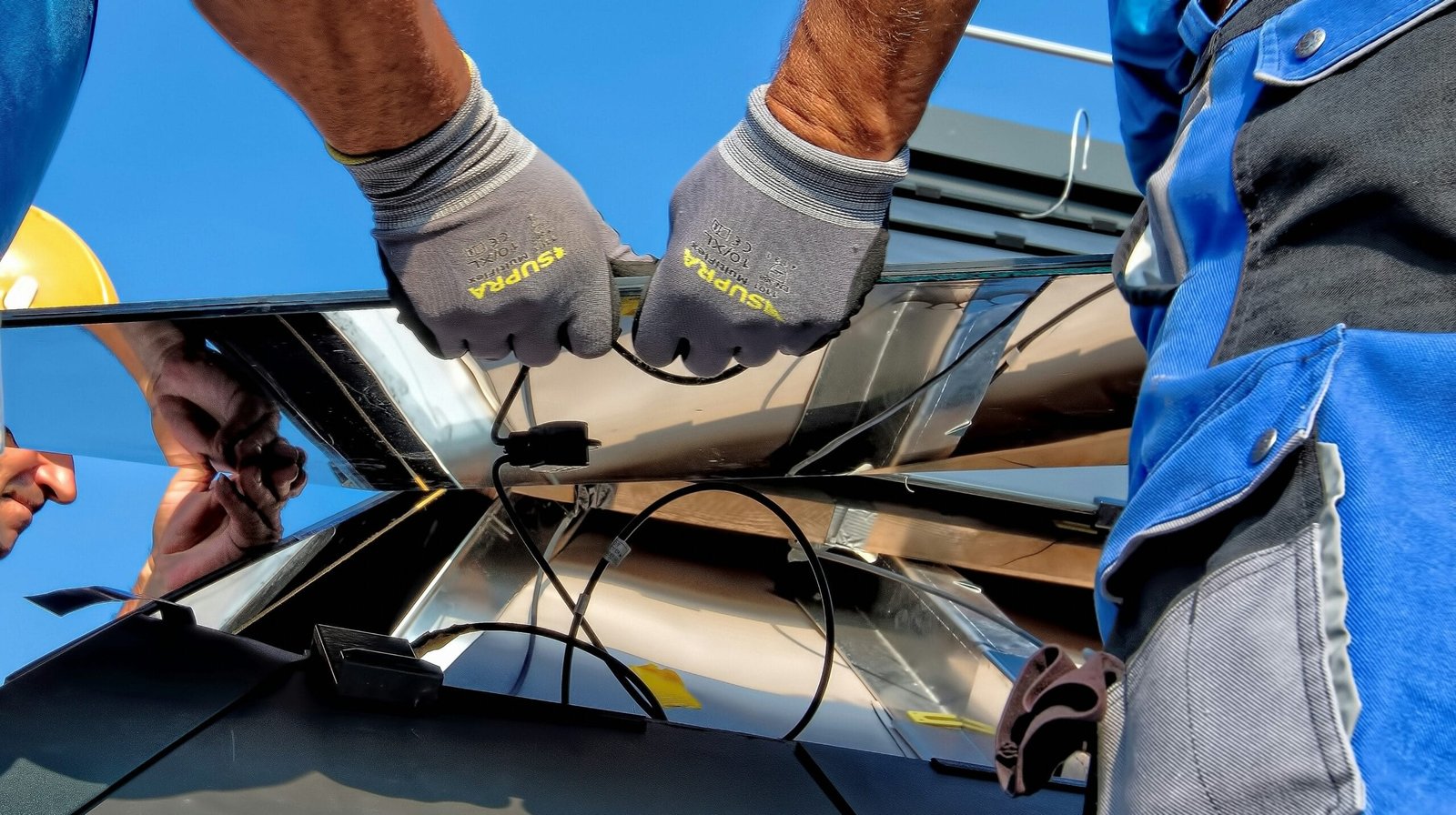Xiaomi AI Glasses are officially unveiled- The Chinese company entered the AI eyewear market with the introduction of its first smart glasses, simply named Xiaomi AI Glasses. Weighing just 40 grams, these glasses combine a first-person camera, artificial intelligence features, and deep integration with mobile devices in a lightweight form factor.
The Xiaomi AI Glasses are equipped with a 12MP front-facing camera capable of recording 2K video at 30 frames per second. The device features electronic image stabilization and a five-microphone array for hands-free voice control, video calls, and audio capture. Users can activate the camera using voice commands through the built-in “Super Xiao Ai” assistant or a physical button located on the temple of the frame. For privacy, an orange indicator light blinks whenever the camera is active.
Aesthetically, the smart glasses are designed to resemble traditional eyewear and are available in three frame styles, including both electrochromic and colored lens options. The electrochromic lenses allow users to instantly change lens tint with a two-finger swipe, offering four brightness levels. Xiaomi notes that the frames are optimized for Asian facial structures, using data collected from 70,000 head scans. The construction combines lightweight nylon and aviation-grade titanium alloy for durability and comfort.
As part of Xiaomi’s broader ecosystem, the AI Glasses can control other smart devices with voice commands—such as adjusting a thermostat or scanning QR codes for payments. The device currently supports 14 third-party applications, enabling livestreaming, real-time translation in ten languages, and on-the-fly object and text recognition.
Xiaomi AI Glasses are priced at 1,999 yuan (approximately $275 USD), while the electrochromic lens model retails for 2,699 yuan ($370 USD), and the color electrochromic version for 2,999 yuan ($410 USD). Fitting services are available both online and through Xiaomi’s optical retail partners. Some features, including secure QR payments, will be enabled via an over-the-air update expected later in September.





